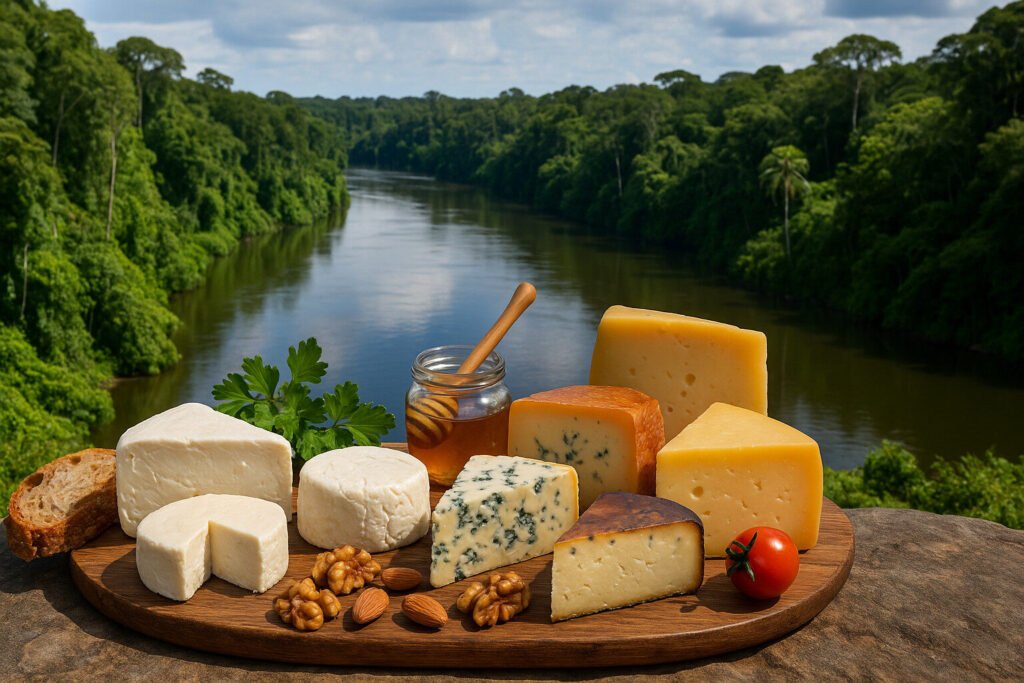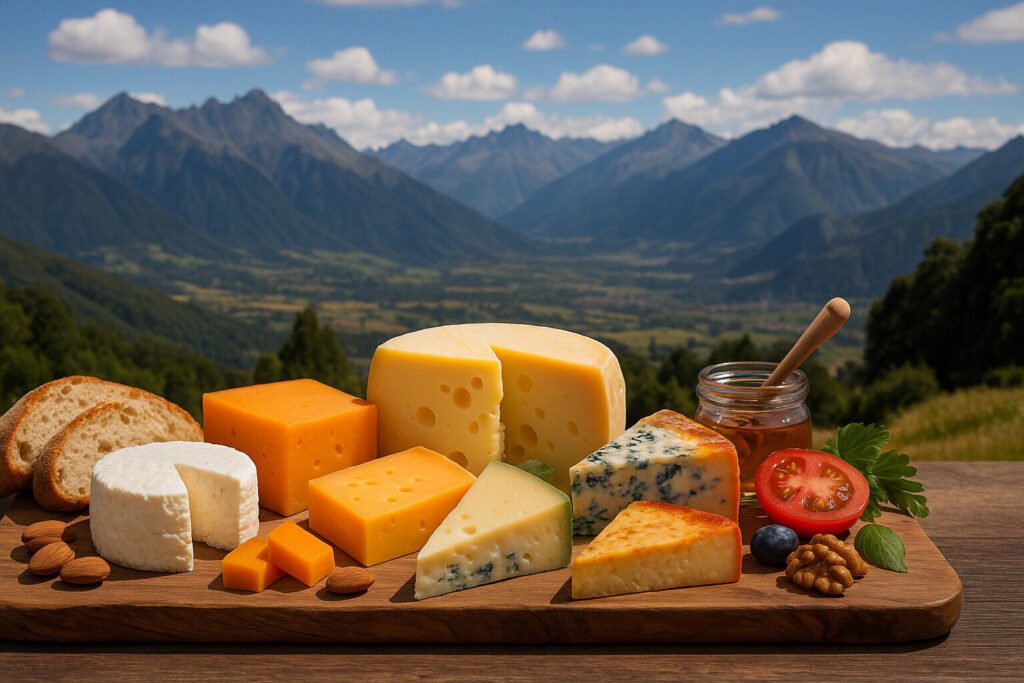Cheese Of Suriname
Definition and Scope
Suriname cheese refers to a category of cheeses originating from or commonly produced in Suriname, a culturally diverse South American nation. These cheeses often reflect Dutch colonial influences blended with local ingredients and traditions. The scope includes both fresh and aged varieties adapted to the tropical climate.
Production methods range from small-scale artisanal practices to modern dairy techniques. Key characteristics include variations in milk type, such as cow or goat, and the incorporation of regional spices. This category encompasses cheeses made for both domestic consumption and niche export markets.
Production Methods
Traditional Surinamese cheese production frequently involves pasteurizing local milk before adding rennet for coagulation. The curds are typically drained and pressed lightly to form semi-soft textures. Some producers use brine or dry salting to enhance preservation in humid conditions.
Aging periods vary from a few days for fresh cheeses to several weeks for firmer types. Climate-controlled facilities are increasingly used to maintain consistency. Artisanal versions may include added flavors like peppers or herbs, reflecting Suriname’s multicultural culinary heritage.
Sensory Profile
Suriname cheeses generally exhibit mild to moderately tangy flavor profiles with subtle salty notes. The texture can range from creamy and spreadable in fresh varieties to semi-firm in aged examples. A clean, milky aroma is common, with some versions showing earthy or spicy undertones.
Color typically varies from white to pale yellow, depending on milk fat content and any added coloring agents. The mouthfeel is often smooth with minimal graininess. Flavored varieties may introduce additional sensory dimensions through local ingredients like Madame Jeanette peppers.
Culinary Uses
These cheeses are primarily used in Surinamese sandwiches, snacks, and breakfast dishes. Grated varieties commonly top baked goods or get incorporated into savory pastries. Fresh cheeses often accompany fruits or serve as dips with traditional flatbreads.
In cooked applications, they melt moderately well in sauces and casseroles. Some firmer types get pan-fried or grilled as standalone items. Their versatility makes them suitable for both European-inspired dishes and Creole fusion cuisine.
Regional Examples
Paramaribo-style fresh cheese represents a common urban variety with high moisture content. The Nickerie region produces slightly saltier versions influenced by coastal preservation traditions. These typically use milk from local dairy farms along the Suriname River basin.
Interior regions sometimes create smoked cheeses using hardwoods from the Amazon rainforest. Dutch-style Gouda adaptations remain popular in commercial production. Recent artisanal experiments incorporate cassava or plantain elements for unique texture variations.


